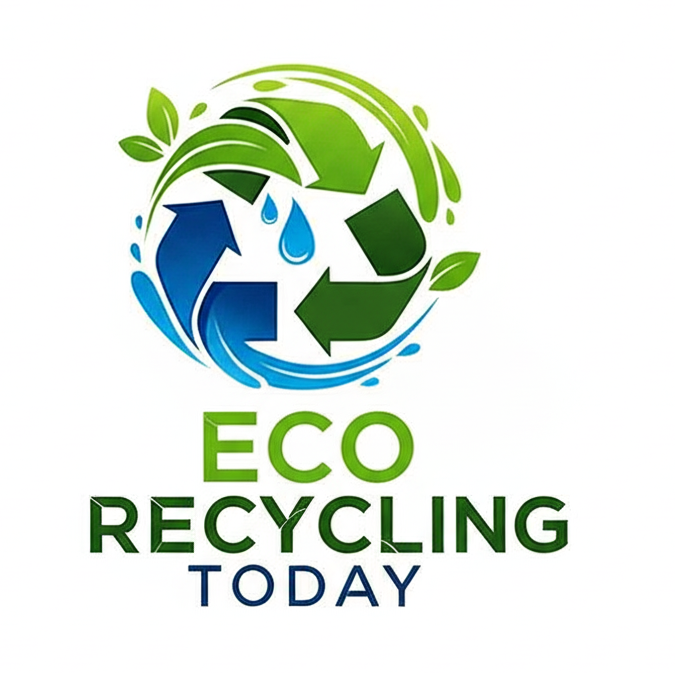Electronic waste (e-waste) is the fastest-growing waste stream in the world. According to the Global E-Waste Monitor 2024, the world generated 62 million metric tons of e-waste in 2022, and only 22% was properly recycled. The rest was dumped, burned, or handled unsafely, causing toxic pollution and data security risks.
From old smartphones and laptops to servers and hard drives, improper disposal not only harms the environment but also leaves sensitive data vulnerable. This is where e-waste shredders come in.
What Are E-Waste Shredders?
E-waste shredders are industrial machines designed to break down electronic devices into small, manageable pieces for safe recycling. Unlike paper shredders, these machines can handle:
- Hard drives and servers (to protect confidential data)
- Mobile phones and tablets
- Printed circuit boards (PCBs)
- Cables, wires, and connectors
- Small household electronics
Modern shredders are built with powerful blades and dust-control systems to prevent the release of hazardous substances like lead, mercury, and cadmium during processing.
Shredding Is Safer for Electronics Recycling
Shredding electronics before recycling has multiple benefits:
- Data Security – Physically destroying hard drives ensures sensitive data cannot be recovered, even with forensic tools.
- Efficient Recycling – Shredded materials are easier to sort into metals, plastics, and glass for downstream recycling.
- Toxicity Control – Containment systems prevent the spread of harmful dust and particles.
- Cost Savings – Shredding reduces volume, lowering transportation and storage costs for recyclers.
Market Trends: Growing Demand for E-Waste Shredding
- The global e-waste recycling market was valued at $63 billion in 2023 and is projected to reach $144 billion by 2032 (CAGR of 9.4%).
- Data security regulations like GDPR and HIPAA are driving businesses to adopt shredding for IT asset disposal.
- Corporate sustainability reporting (ESG) is pushing companies to document safe recycling practices, including e-waste shredding.
Some large recyclers have reported recovering up to 90% of valuable metals like copper, gold, and palladium when using shredding and advanced sorting systems together.
Types of E-Waste Shredders
- Single-Shaft Shredders – Ideal for small electronics and cables.
- Dual-Shaft Shredders – Handle tougher items like hard drives and power supplies.
- Granulators – Reduce shredded pieces into fine particles for metal separation.
- Mobile E-Waste Shredders – On-site destruction for corporate IT equipment.
The Future: AI + Robotics in E-Waste Shredding
The next generation of shredders is integrating AI-powered recognition and robotic sorting arms to:
- Identify components (batteries, circuit boards) before shredding.
- Separate valuable metals more efficiently.
- Reduce contamination for higher recycling yields.
By 2030, analysts predict that over 40% of e-waste shredding systems will use AI-enhanced sorting technologies.
FAQ
1. Why can’t I just throw electronics in the trash?
Electronics contain toxic heavy metals and plastics that harm the environment if landfilled or incinerated.
2. Can shredded electronics still be recycled?
Yes. Shredding makes it easier to separate metals, plastics, and glass for reuse in manufacturing.
3. How do e-waste shredders ensure data security?
By physically destroying hard drives, SSDs, and storage devices so that data is irretrievable.
4. Are e-waste shredders available for small businesses?
Yes, there are compact shredders for offices, but large-scale recyclers use industrial machines.
5. What happens to the shredded material?
It goes through further sorting (magnetic, eddy current, optical) to recover valuable resources.
